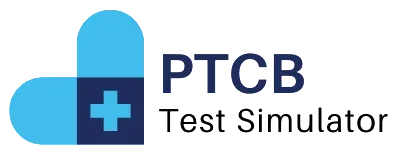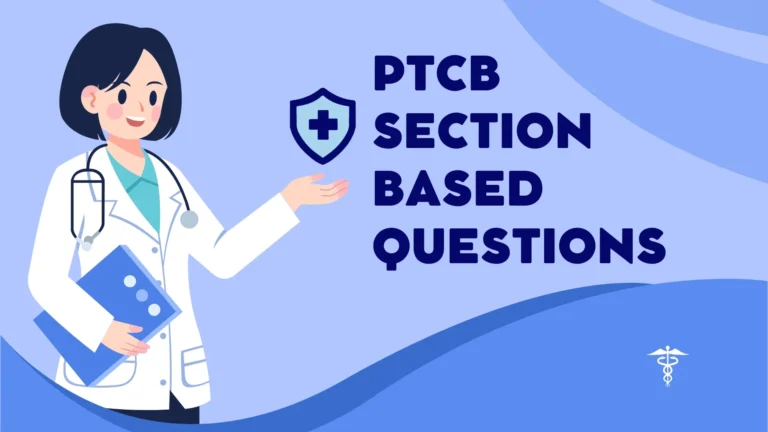CNA Exit Exam
The role of a Certified Nursing Assistant (CNA) is crucial in the healthcare system, as CNAs provide essential support to patients and assist nursing staff in delivering high-quality care. To ensure that aspiring CNAs possess the necessary skills and knowledge, many training programs require students to take an exit exam before they can become certified. This essay explores the purpose, structure, preparation strategies, and significance of the CNA Exit Exam, highlighting its importance in fostering competent healthcare professionals.
Purpose of the CNA Exit Exam
The CNA Exit Exam serves multiple purposes. First and foremost, it assesses the knowledge and skills that students have acquired throughout their training program. This evaluation is crucial because it helps determine whether candidates are adequately prepared to enter the workforce and provide safe and effective care to patients.
Additionally, the exit exam acts as a preparatory tool for the state certification exam, which candidates must pass to become licensed CNAs. By evaluating students’ understanding of key concepts and practical skills, the exit exam provides insights into areas of strength and those that may require further attention. In essence, it serves as a benchmark, ensuring that only qualified individuals progress to the certification stage.
Structure of the CNA Exit Exam
The CNA Exit Exam typically consists of two main components: a written examination and a skills assessment.
- Written Examination: This part of the exam usually includes multiple-choice questions that cover a wide range of topics relevant to nursing assistance. Key areas assessed may include:
- Basic Patient Care: Questions may involve scenarios related to daily living activities, such as hygiene, feeding, and mobility assistance. Candidates might be asked to identify the correct method for helping a patient with personal care tasks.
- Safety and Infection Control: This section focuses on understanding protocols for maintaining a safe environment for both patients and staff. Candidates could encounter questions on proper hand hygiene practices, the use of personal protective equipment (PPE), and strategies for preventing the spread of infections.
- Communication Skills: Effective communication is essential in healthcare. This part may assess candidates’ knowledge of therapeutic communication techniques and their ability to interact empathetically with patients.
- Legal and Ethical Responsibilities: Questions may address the legal and ethical obligations of CNAs, including patient rights, confidentiality, and informed consent.
- Skills Assessment: In this practical component, candidates are required to demonstrate their proficiency in performing essential nursing assistant tasks. Common skills tested may include:
- Taking Vital Signs: Candidates may need to measure and record blood pressure, pulse, temperature, and respiration rates accurately.
- Assisting with Personal Care: This may involve demonstrating proper techniques for bathing, dressing, and toileting patients.
- Mobility Assistance: Candidates might be required to show how to safely transfer patients from one location to another, ensuring their comfort and safety.
Preparation Strategies
- Review Course Materials: Go through textbooks, class notes, and any supplemental materials provided during training. Focus on key concepts and essential skills that will likely be assessed in the exam.
- Practice Tests: Utilize practice exams to familiarize yourself with the format and types of questions that will be on the exit exam. This can help identify areas where you may need additional study.
- Hands-On Practice: Since the skills assessment is a significant component, hands-on practice is essential. Participate in lab sessions, practice with peers, and seek feedback from instructors to improve your skills.
- Study Groups: Collaborating with classmates can enhance learning. Study groups allow students to share knowledge, discuss challenging topics, and provide mutual support during preparation.
- Time Management: Create a study schedule leading up to the exam. Allocate specific times for studying different subjects and ensure that you cover all relevant material.
- Relaxation Techniques: Exam preparation can be stressful. Incorporating relaxation techniques, such as deep breathing or mindfulness, can help reduce anxiety and improve focus.
Significance of the CNA Exit Exam
The CNA Exit Exam holds considerable significance for nursing students and the healthcare system. By evaluating students’ readiness for certification, the exam ensures that competent CNAs are entering the workforce, which is essential for patient safety and quality care.
Furthermore, the exit exam serves as a valuable feedback mechanism for nursing programs. By analyzing overall student performance, educational institutions can identify trends, strengths, and areas for improvement within their curricula. This continuous evaluation helps maintain high educational standards and ensures that future nursing assistants are well-prepared to meet the evolving needs of the healthcare industry.
Conclusion
The CNA Exit Exam is a critical component of the nursing assistant training process, serving to evaluate candidates’ knowledge, skills, and readiness for certification. By assessing a wide range of topics relevant to patient care, the exam ensures that aspiring CNAs are equipped to provide high-quality service in healthcare settings. With effective preparation strategies and a clear understanding of the exam’s structure and purpose, students can approach the exit exam with confidence, paving the way for successful careers in nursing assistance. Ultimately, the emphasis on rigorous training and assessment contributes to improved patient outcomes and enhances the overall quality of care in the healthcare system.


